It’s been a longtime goal of mine to get my nephews and nieces traveling as soon as they were old enough. As one of my nephews turned 10, it seemed like the perfect age to begin expanding his view of the world.
Ideally, I was looking to plan a trip where we could, not only see but be a part of local daily life. To accomplish this, I set out to find a volunteer project where we could give back to the community.
I quickly realized this was no small feat. Finding a responsible volunteer project abroad is not as simple as it may seem.
It was at this point of frustration that I stumbled upon Volunteer Latin America. With one nephew, I’ve since completed a wonderful volunteer trip to Ecuador. While with another nephew, we spent time in Costa Rica helping on a baby turtle project.
So, it’s with sincere pleasure that I share this interview with Stephen Knight, the Founder and Director of Volunteer Latin America.
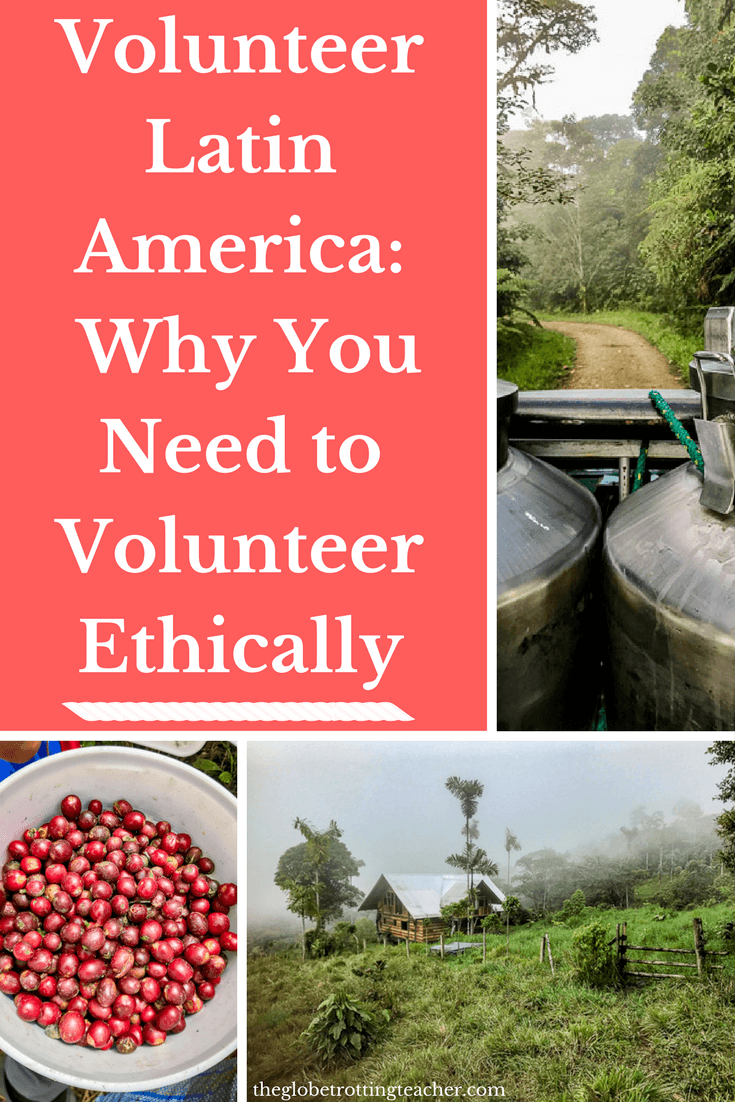
Volunteer Latin America:
Why You Need to Choose Ethically
Welcome, Stephen! I’m so glad to be talking with you. Can you begin by explaining what Volunteer Latin America is?
Thank you! Volunteer Latin America is an online platform that connects voluntary organizations and non-profits with a global audience of volunteers. We specialise in offering affordable and ethical volunteer opportunities throughout Central and South America.
Fantastic! What was the motivation behind starting a volunteer platform like this?
It all started while volunteering on a leatherback turtle conservation project in Costa Rica back in 2001.
Every other volunteer there had gone through a volunteer placement company based in the United Kingdom. Most had paid close to £1000 to join the project. Whereas we found the project ourselves, applied directly, and paid a small registration fee of $35US.

The other volunteers still had the same expenses as us once on-site so they effectively paid an intermediary fee.
Later, we found out this particular placement company gave none of their volunteer fees to the leatherback turtle conservation project. Not one penny!
These volunteers didn’t know they could’ve applied directly and were quite annoyed with themselves and the placement company.
This was the lightbulb moment– create a website that promotes the work of grassroots organisations that can be contacted directly.
Where 100% of any money paid goes to the host organisation and cause, rather than swelling the bank balance of a foreign company.
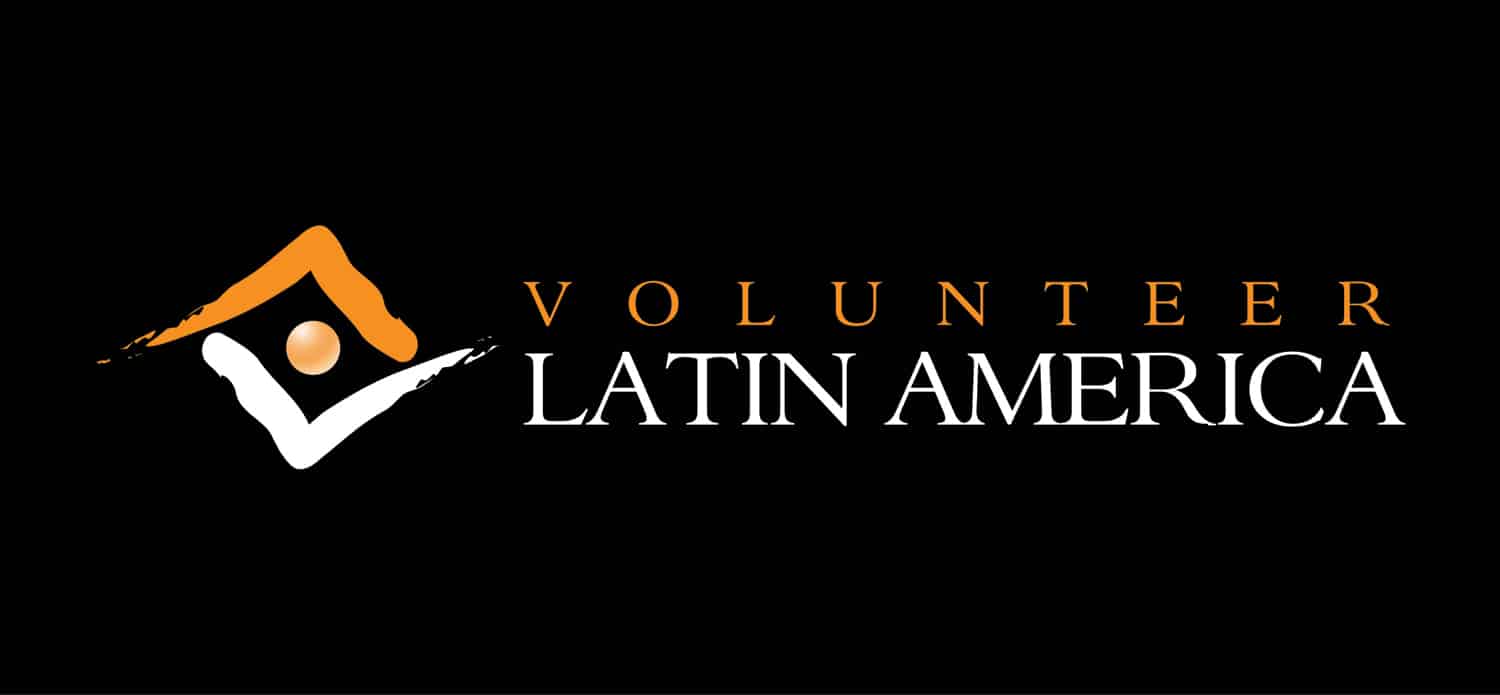
I can so relate that story! I almost made a similar mistake as those volunteers.
It’s really difficult to figure out which organizations and projects are set up responsibly and truly with the good of the local community in mind.
First, why should a prospective volunteer care about whether or not an organization or project is ethical?
A prospective volunteer needs to be aware of both the benefits and potential pitfalls of their work. Volunteerism is, by its very nature, altruistic.
Yet, making a decision to volunteer for an organisation that doesn’t act responsibly is counterproductive. It may even cause harm to children, animals, or the environment.
Classic examples include fake orphanages and wildlife sanctuaries with immoral operating practices. For example, big cat breeding programs that secretly supply lions for the shocking and lucrative industry of canned hunting.
Ethical volunteering is about ensuring the contribution you make is meaningful and has a lasting, positive impact. Unless you choose an ethical project, you won’t make a genuine difference to a community and a society.
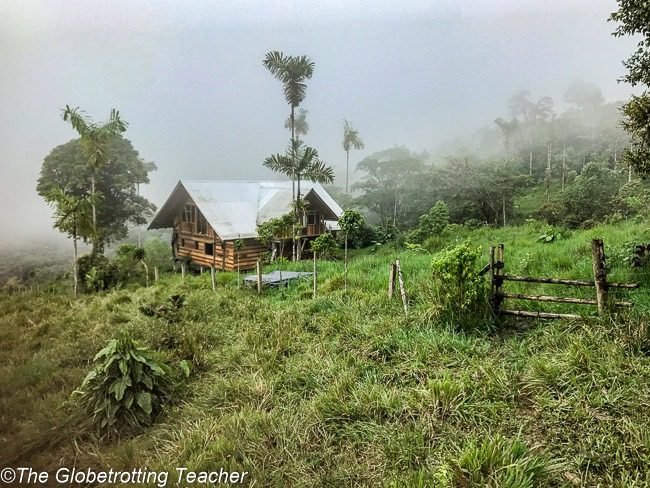
It’s also about making sure as much money as possible reaches the grassroots level of society rather than staying in Europe or elsewhere in the world.
Sadly, some placement companies are more interested in making money than helping the environment or providing sustainable and well-targeted help for local communities.
No one benefits from these placements apart from the companies that organise them. Volunteers are effectively paying for the plush offices, expensive marketing efforts, and staffing requirements of these companies.
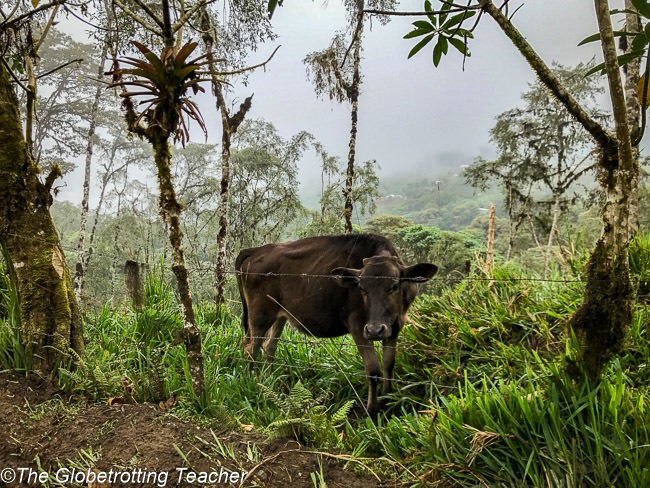
Prospective volunteers should also be aware of unethical business practices within the industry. For example, there are some gap year companies forcing host organisations to sign exclusivity agreements.
We used to offer a really interesting 2-week long marine conservation project that was free aside from minimal food expenses.
But, a well-known gap year company convinced the host organisation to sign an exclusivity agreement. Meaning, we had to terminate our partnership. The project now costs £2000 for 2 weeks!
You can clearly see who benefits from this arrangement.
A do-it-yourself volunteer placement with a reputable grassroots organisation is the most ethical form of volunteering as this maximises the benefits for the project, local economies, and host communities.

This is what led me to search for something better. I realized these high fees to volunteer not only didn’t make sense but even worse, didn’t end up in the hands of the project or local community.
So, are all the organizations and projects on Volunteer Latin America ethical?
We make the task of choosing an ethical project relatively straightforward by listing reputable grassroots organisations and projects. With our website, you’re better placed to ensure your contribution overseas will be ethical and worthwhile.
Let’s talk about volunteer fees. There’s a ton of back and forth online about paying or not paying to volunteer. And as you mentioned, the huge cost differences among volunteer organizations.
Can you speak to the difference between the relatively low costs of projects on Volunteer Latin America versus the sometimes sky-high costs of other organizations offering volunteer opportunities?
The difference between our fees and the sometimes sky-high fees of other organisations is because volunteering overseas is a lucrative, multinational industry.
Excessive volunteer fees mean big business and plenty of cash to spend on marketing. This is why small grassroots organisations are always drowned out online by large volunteering companies.
Volunteer Latin America is totally against greedy and unscrupulous organisations that cash in on the goodwill of volunteers. As a general rule of thumb – any project with a sky-high fee means someone is making a profit.

That’s really important for travelers to understand. It’s easy to assume the fees paid will go directly to the volunteer project itself.
What types of fees should a prospective volunteer expect to pay for a project listed on Volunteer Latin America?
The fees vary from project to project depending on the services and facilities offered but the average cost is around $300US per month.
In many cases, you can volunteer abroad for free. Volunteers either cover their own living expenses or are provided with free accommodation and food. Some projects offer additional benefits such as a small salary, training opportunities, and may cover the cost of medical insurance, vaccinations, visas, and on occasion, even in-country and/or international flights!
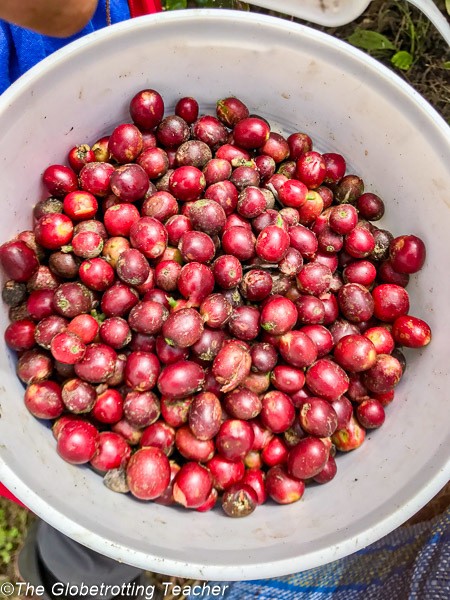
What great information! Just as you said, I paid just a small fee for lodging and food for my nephews and me on our Volunteer Latin America trips to Ecuador and Costa Rica.
What types of projects can a traveler find on Volunteer Latin America?
The volunteer projects in Latin America are as varied and interesting as you might imagine. They range from teaching yoga in Costa Rica to monitoring river dolphins in the Amazonian jungle of Brazil.
It’s possible to find unusual projects such as working with huskies or being a sand-boarding guide, as well as projects that combine volunteering with learning Spanish or Portuguese.

You’ve got me already thinking about a project! I was really impressed with Volunteer Latin America’s family volunteer opportunities, too.
Can you offer prospective volunteers any tips for picking the right project?
Picking the right project is essentially about asking yourself some pertinent questions and doing some research. Think about:
- what you’re looking to get out of the volunteer trip,
- Is your goal to have fun while giving back?
- Are you looking for a project that can help you professionally or academically?
- what type of role you wish to take on,
- Are your qualifications, skills and/or experience a match for the project?
- how practical issues such as language, culture, and climate will affect your experience,
- Does the project have a language requirement?
- what your hobbies and interests are,
- Are you looking to capitalise on your free time?
- whether or not you want to surround yourself with many other international volunteers,
- Would you rather be alone and completely immerse yourself in the local culture or work alongside other volunteers?
- and what your budget is.
- What can you realistically afford?

Once you’ve found a project that interests you, thoroughly read the website and Facebook page (if available) for volunteer testimonials.
Ask the host organisation to put you in touch with past volunteers to help you decide if the project is the right for you.
Contact the host organisation if there is anything you’re unsure about (e.g. dietary concerns, internet access, sleeping arrangements, etc).
You can tell a lot about an organisation from its response. Most importantly, trust your gut instinct.
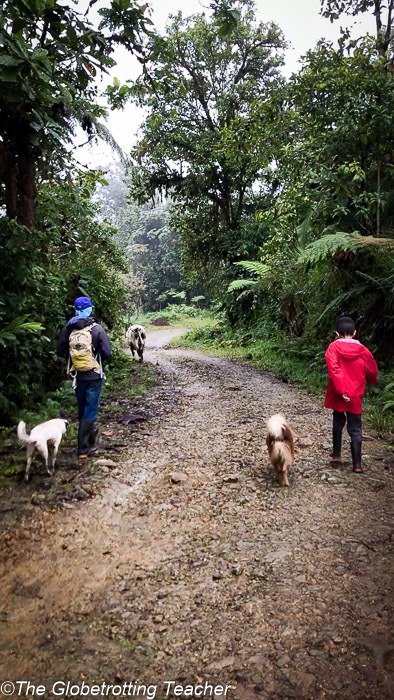
These are such helpful tips for prospective volunteers! Can you talk about what makes a volunteer trip successful?
What are your top 3 pieces of advice for volunteers heading off for a Volunteer Latin America project?
1. Preparation is the key to a successful trip.
Volunteers should thoroughly research everything from health matters to the do’s and don’ts for safe travel.
Pack the clothing and supplies you’ll need for your project. Your packing list will depend on the location, season, and nature of the project.
Go online or contact your project to request a list of recommended clothing and equipment.
2. Take time to explore and experience the country you’ll be visiting.
You can’t fail to be excited by Latin America’s amazing attractions, from natural wonders to indigenous festivals. Become acquainted with the history, food, music, language, geography, people, religious beliefs, and customs.
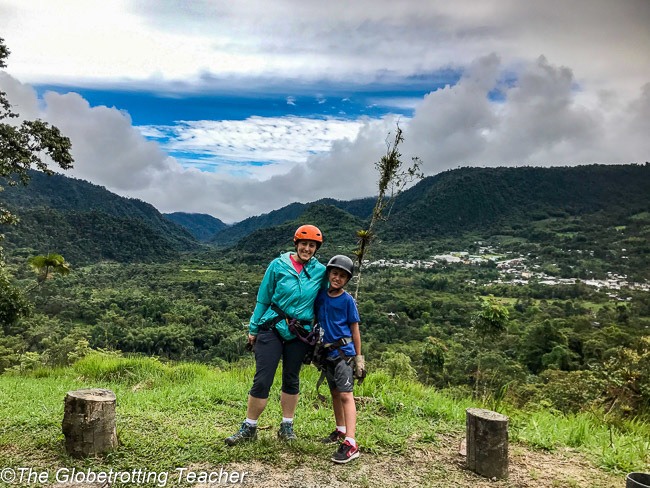
3. Make the most of your volunteer trip.
Often overlooked, but equally important, is to use your volunteer trip as a launchpad to discovering yourself. Personal growth is one of the most rewarding aspects of volunteering overseas.
Thank you so much, Stephen, for sharing your insights and for developing such a useful online platform for travelers who want to volunteer!
If you’d like to learn more or search for some of the best volunteer programs in South America and Central America, visit Volunteer Latin America.
Would you like to volunteer abroad?
Like this post? Please share it on social media using the share buttons below!



